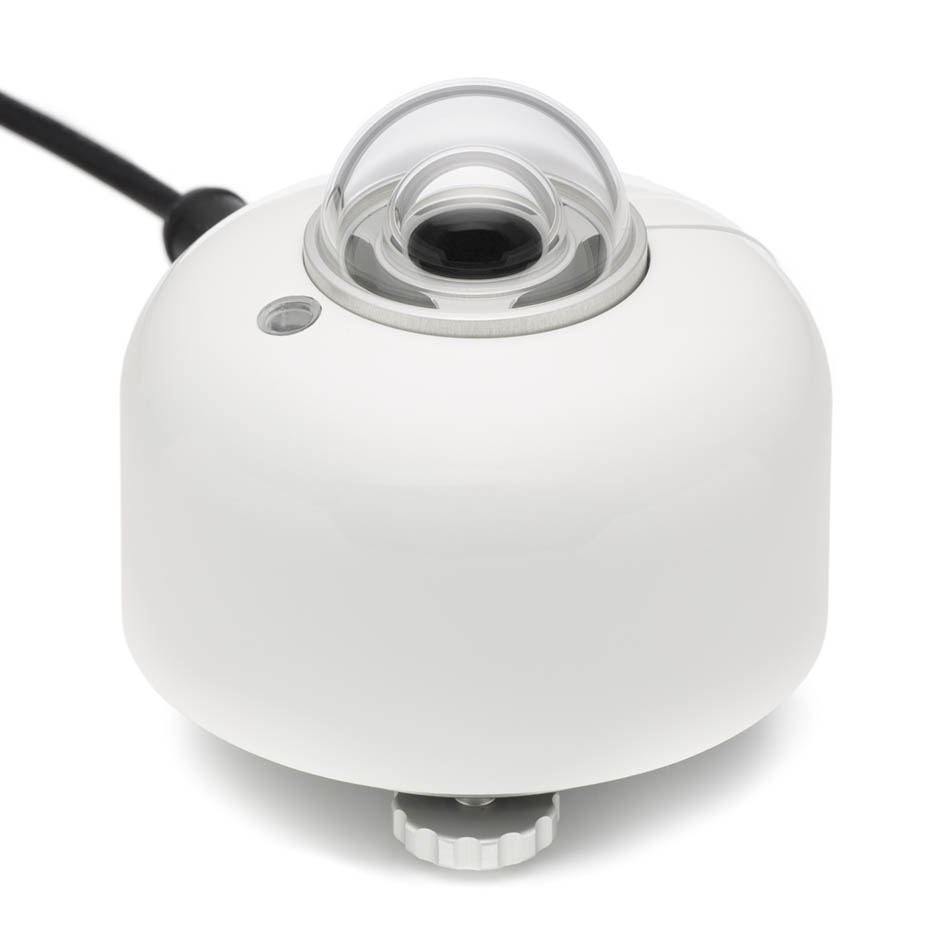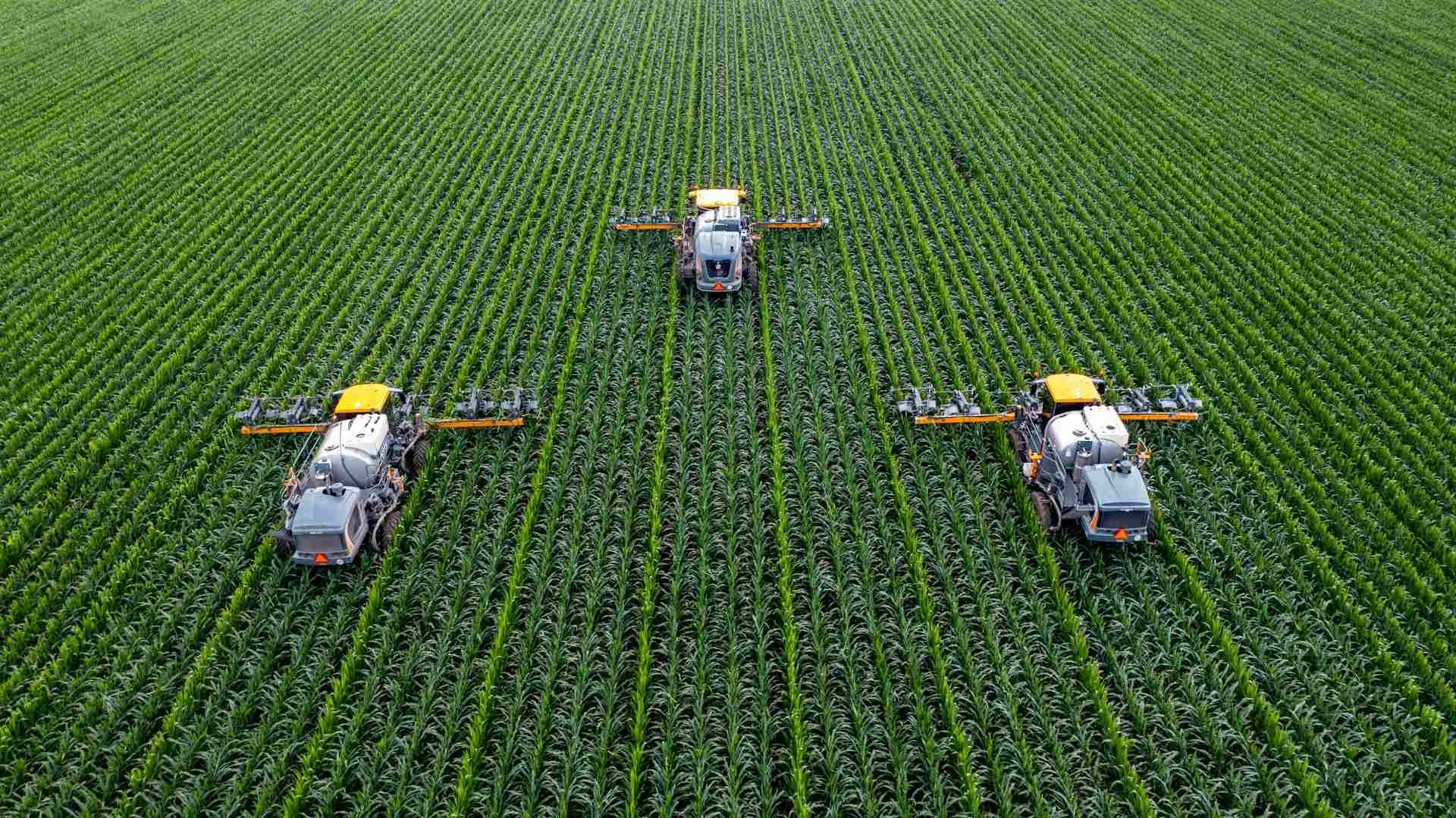
Pyranometers: A Comprehensive Guide
Introduction
Solar irradiance measurement is crucial for various industries, from climatology to solar power generation. Pyranometers, the devices that measure global solar radiation, are essential for monitoring energy efficiency, weather patterns, and climate change. However, to ensure accurate data collection, regular calibration of these instruments is necessary. At ISO-CAL North America, we specialize in providing ISO 9060-compliant calibration services for pyranometers and other solar radiometers. Our state-of-the-art facilities and expert technicians ensure your instruments meet the highest standards of accuracy, whether you’re in the solar power, research, or environmental sectors.
In this article, we explore what pyranometers are, their critical applications, and why proper calibration is vital for obtaining precise measurements.
What is a Pyranometer?
A pyranometer is a device designed to measure the solar irradiance from a hemispherical field of view. It records the amount of solar energy reaching a surface per unit area, typically measured in watts per square meter (W/m²). Pyranometers capture both direct sunlight and diffuse sunlight, providing a comprehensive measurement of global solar radiation. This makes them indispensable in both scientific research and industrial applications.
Types of Pyranometers:
- Thermopile Pyranometers: These use a series of thermoelectric junctions to convert temperature differences between a black absorber and a reference into an electrical signal. Known for their accuracy, thermopile pyranometers measure a broad range of wavelengths, typically between 0.3 to 3 µm, and are ideal for high-precision measurements.
- Silicon Photocell Pyranometers: These use a silicon sensor to convert solar radiation into an electrical signal. While they are less expensive and more commonly used, they have a limited spectral response, measuring solar energy between 0.4 to 1.1 µm. These pyranometers are effective for general-purpose applications but may show errors under cloudy conditions.
Difference Between Pyranometers and Pyrheliometers
While pyranometers measure global solar radiation, which includes both direct and diffuse sunlight over a hemispherical field of view, pyrheliometers are specialized instruments that measure only the direct beam of solar radiation coming straight from the sun. Pyrheliometers have a narrow field of view, usually about 5 degrees, and are equipped with a collimating tube to focus solely on the sun’s disc, excluding diffuse sky radiation. They are typically mounted on solar trackers to maintain precise alignment with the sun throughout the day.
Understanding the difference between these two instruments is crucial:
- Field of View: Pyranometers have a 180-degree field of view, capturing sunlight from the entire sky dome, while pyrheliometers have a limited field of view, focusing only on direct solar radiation.
- Measurement Focus: Pyranometers provide total global irradiance data (direct + diffuse), essential for applications like photovoltaic (PV) solar panel performance monitoring. Pyrheliometers measure Direct Normal Irradiance (DNI), crucial for concentrated solar power (CSP) systems that rely solely on direct sunlight.
Selecting the appropriate instrument ensures accurate and relevant data collection for your specific application.
Why Calibration Matters
Pyranometers, like any sensor, degrade over time due to environmental factors, usage, and component wear. This degradation can lead to inaccurate readings, affecting everything from weather forecasting to the efficiency calculations of solar panels. Regular calibration ensures that pyranometers maintain their accuracy and that the data they collect remains reliable.
Key Reasons for Pyranometer Calibration:
- Accuracy in Solar Energy Production: In solar energy applications, pyranometers are used to monitor the performance of photovoltaic (PV) power plants. The accurate measurement of solar irradiance allows plant operators to optimize power generation and track the efficiency of their systems. A calibrated pyranometer helps identify performance issues early, ensuring the plant runs efficiently.
- Climate Research and Meteorology: Accurate solar radiation data is crucial for understanding weather patterns and climate models. Calibrated pyranometers provide precise Global Horizontal Irradiance (GHI) measurements, critical for studying solar radiation’s effect on Earth’s surface.
- Compliance with International Standards: Industries using pyranometers must often meet strict ISO, ASTM, and IEC standards. Regular calibration ensures that these devices comply with global standards, which is essential for R&D, commercial solar projects, and governmental climate monitoring programs.
ISO-CAL North America’s Calibration Services
At ISO-CAL North America, we understand the importance of accurate solar irradiance measurement and offer a broad range of calibration services tailored to meet the needs of various industries.
1. Indoor and Outdoor Calibration
Our indoor calibration services are conducted in controlled environments using reference instruments traceable to NIST standards, ensuring the highest level of precision. For clients requiring real-world conditions, our outdoor calibration services use natural sunlight, allowing us to replicate environmental conditions and ensure accurate readings in field settings.
2. Multi-Standard Compliance
ISO-CAL North America adheres to the latest ISO 9060 classifications for pyranometers, covering Class A, B, and C instruments. Additionally, we comply with ASTM and IEC calibration standards, ensuring your pyranometers meet the necessary requirements, regardless of their application.
3. In-field Calibration
For clients with fixed installations, such as large-scale PV plants or weather stations, we offer in-field calibration services. Our team of experts can perform calibrations on-site, minimizing downtime while ensuring your instruments maintain peak performance.
4. NIST-Traceable Reference Instruments
We maintain a fully equipped calibration lab with primary and secondary standard reference radiometers, all traceable to NIST standards. This ensures that every calibration performed at ISO-CAL North America delivers the highest degree of accuracy, reliability, and repeatability.
Pyranometer Calibration Process
Calibration involves comparing a pyranometer’s readings to a reference instrument under controlled conditions. At ISO-CAL, we use a combination of direct comparison and indirect comparison methods to ensure the highest calibration accuracy. Here’s a brief overview of our calibration process:
- Initial Inspection: Before calibration, each instrument undergoes a thorough inspection to check for any visible damage or issues.
- Reference Measurement: The pyranometer is exposed to a known light source, and its output is compared to that of a calibrated reference pyranometer.
- Adjustment and Calibration: If discrepancies are found, adjustments are made to bring the pyranometer’s readings in line with the reference values.
- Documentation: A detailed calibration report is provided, including the instrument’s performance before and after calibration, the calibration method used, and traceability information.
Why Choose ISO-CAL North America?
- Expert Calibration Services: Our technicians are experts in the calibration of solar radiometers, with years of experience working with a variety of instruments.
- State-of-the-Art Facilities: We operate a fully equipped lab with the latest technology and reference instruments to ensure precise calibration.
- Superior Customer Support: We pride ourselves on offering personalized support for all calibration needs, whether you are a small research facility or a large-scale solar power plant.
Conclusion
Accurate solar radiation measurement is vital for industries ranging from solar energy production to climate research. Pyranometers play a crucial role in these applications, and regular calibration is essential to ensure their precision and reliability. At ISO-CAL North America, we are committed to providing world-class calibration services that meet and exceed the highest international standards, ensuring your instruments deliver the most accurate data possible.
For more information on our calibration services or to schedule your pyranometer calibration, contact ISO-CAL North America today.



